FEMALE KINKAJOU FOR SALE

Kinkajou In-Depth Pet Care
Kinkajou Basics
Lifespan: Up to 25 years
Diet:
They should eat banana slices, apple slices, and monkey biscuits as babies. Add 1 to 2 scoops of baby food (banana, apples) and some milk to this mixture. Do this at least twice a day. If he is drinking the water readily after a few weeks, you can start removing the milk and baby food. Start experimenting with various fruits and soft meats, such as roasted chicken. Kinkajous consume a wide range of fruits, vegetables, and meats. Start giving him new items to chew on and eat. Never eat oranges or other citrus fruits.
You can gradually add the adult food after a few weeks to persuade them to consume the monkey cookies. Pour sweet potatoes from a can over monkey cookies (juice and all). Mix it thoroughly and set it aside to allow the biscuits to soften somewhat before serving it to the baby in a separate bowl from their regular food.
Bananas, pineapple, nectar, honey, insects, grapes, mangos, melons, peas, and bird eggs, as well as larger insects and the occasional bird, are all favorites
Citrus fruits, such as oranges and kiwis, as well as strawberries and chocolate, should not be fed to your kinkajou. Allow no processed or quick food to be consumed by them.
Size in Adulthood:
The average mature kinkajou weighs between 4 and 7 pounds. The average adult’s body length ranges between 17 and 22 inches.
Cage Information:
They are crepuscular to nocturnal and arboreal. Kinkajous in captivity should be kept in the greatest possible enclosure and given exercise time outside of it. To avoid boredom and stereotypic behavior, it is critical to provide several opportunities for exploration. Toys and stuff to examine should be rotated on a regular basis. They spend most of their time off the ground, and while they do go down on occasion, they prefer toys and enrichment that are higher up.
Handling:
It is vital to spend as much time as possible with your infant during the first few weeks in order to bond. Hand-feed it, and spend time playing and relaxing with it. Allow it to get as much time out of the cage as possible to familiarize itself with you and its new surroundings. kinkajou size
Many people feel that behavior issues arise as a result of owners waking up their kinkajous and insisting on fun interaction. Aggression is linked to sexual behavior as well as their human companions’ unpredictable conduct. how many kinkajous are left in the world
Negative reinforcement NEVER works with kinkajou and can sabotage a long-term relationship of trust. You must accept the possibility of being bitten at some point. They should not be declawed. Defanging a kinkajou is not recommended because it interferes with their capacity to feed and groom themselves. kinkajou facts
Living with a Kinkajou:
Make your home baby-proof! They will break into your cabinets, toilets, and pantries, as well as plunder your cabinets. When they are most active in the middle of the night, they may be quite destructive to a home. kinkajou scientific name
This is something to think about if you travel frequently or work long hours. They usually form close bonds with only a few people. Some animals are uninterested in other animals and will beg you to pay attention to them. It’s unrealistic to expect them to act like a domesticated animal. kinkajou monkey
FEMALE KINKAJOU FOR SALE
Kinkajou FAQ’s
Can they be litter trained?
Some individuals are able to train them to land on the same perch every time, and it becomes habitual. They have a fast metabolism and a large amount of defecation.
Are they good with kids?
No, the majority of kinks have a short fuse. Children have a lot of energy and few, if any, limitations. They don’t get along.
Do they want friends?
They are mostly solitary, but they have been observed to form small groups. One female, her kids, and 1-2 adult males make up typical groupings.
Are they primates?
On the other hand, are most closely linked to raccoons.
Do they need vaccines?
Canine distemper and rabies are both dangerous to them. Vaccination standards are largely accepted, but before receiving any immunizations, talk to your veterinarian about the dangers. Because there have been no clinical trials, there is NO GUARANTEE that any vaccination will be successful on them.
How are they with other pets?
They get along with other creatures of comparable size, but you run the danger of injuring one or both when introducing any species.
Do they make noise?
With their high-pitched squeaks, hisses, and barks, They may be rather noisy. Zoological, Small pets for sale, Exotic animals for sale, Kinkajou pet
Fun Facts
They have a 5-inch tongue, which they use to gather nectar from flowers. Because they raid beehives, kinkajous are sometimes known as honey bears. They slurp honey from hives with their long, slender tongues. It has a short-haired, completely prehensile tail that it utilizes to climb as a fifth hand.




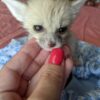




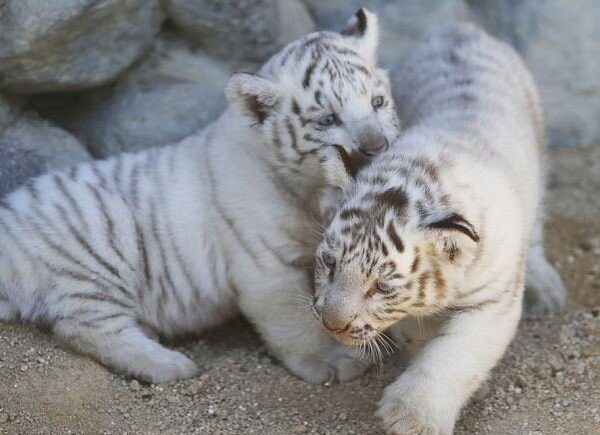

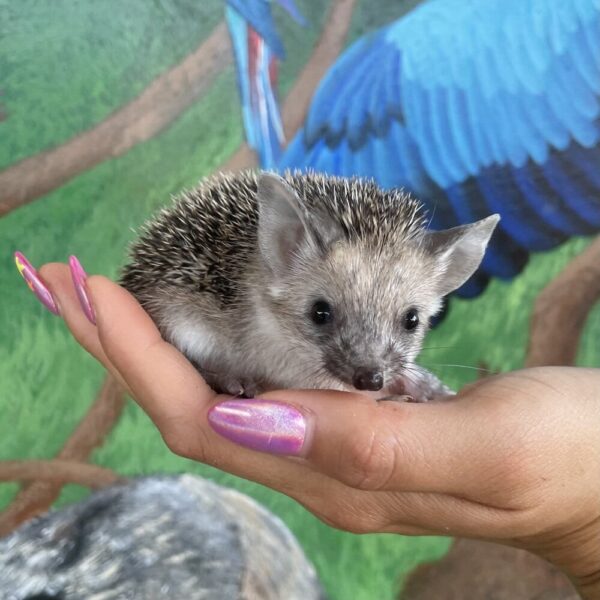
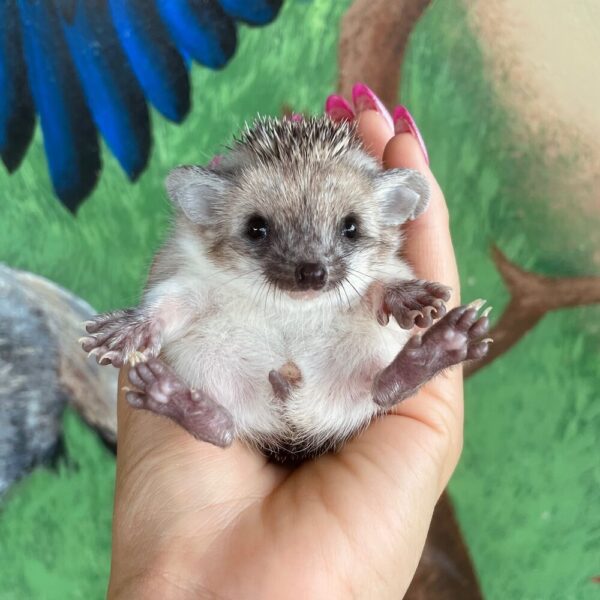
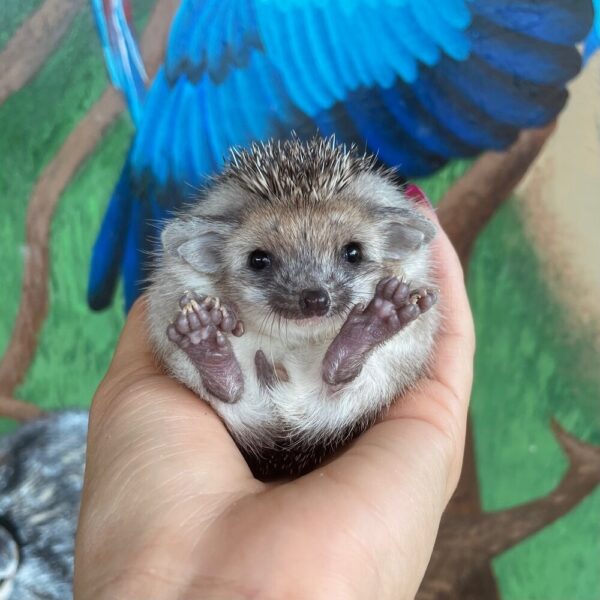


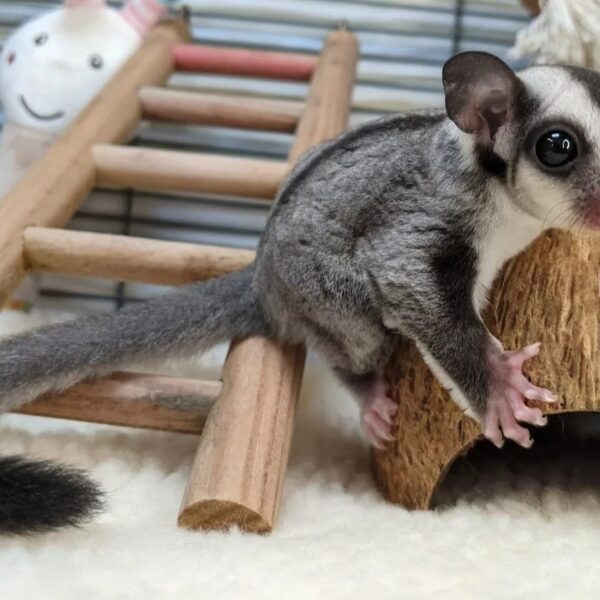
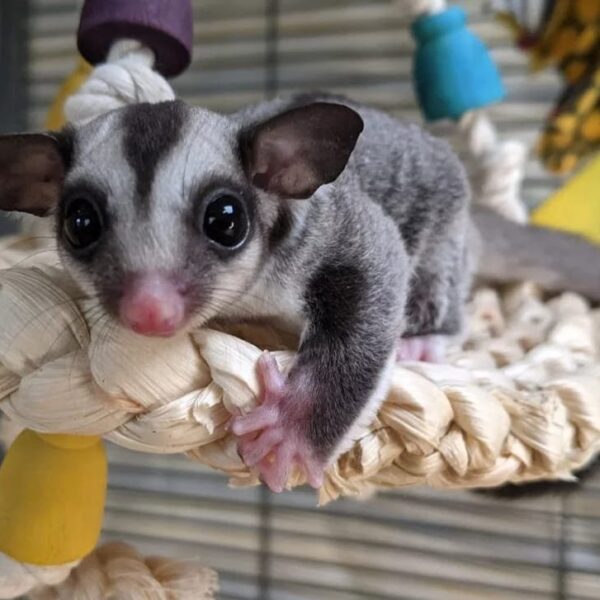
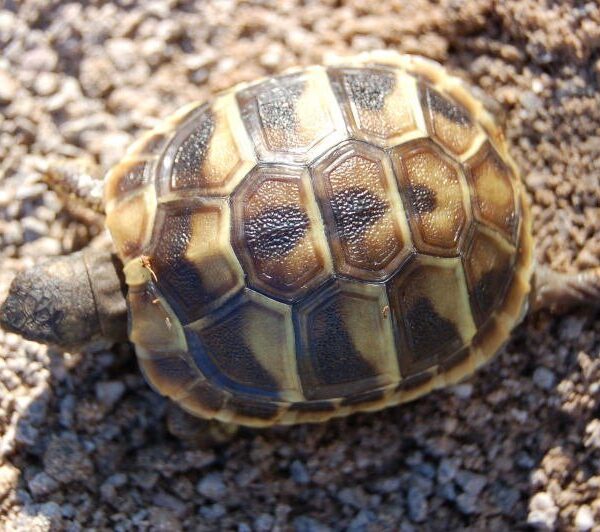


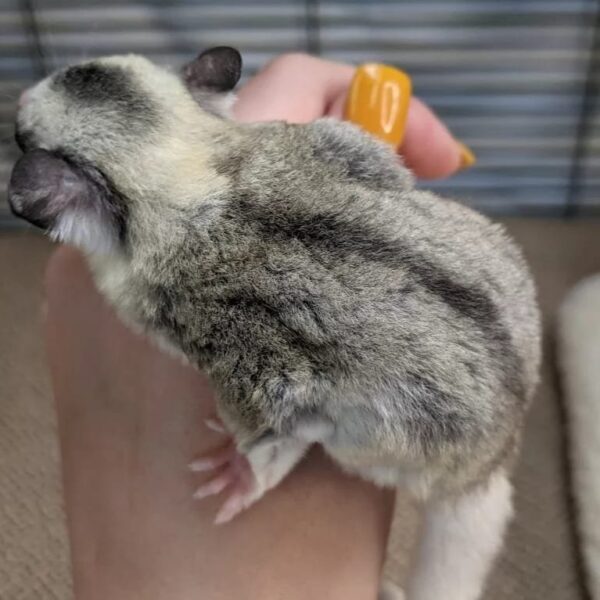
 No products in the cart.
No products in the cart. 
Reviews
There are no reviews yet.